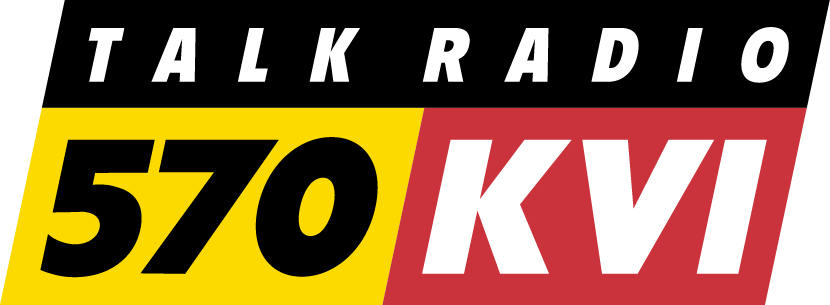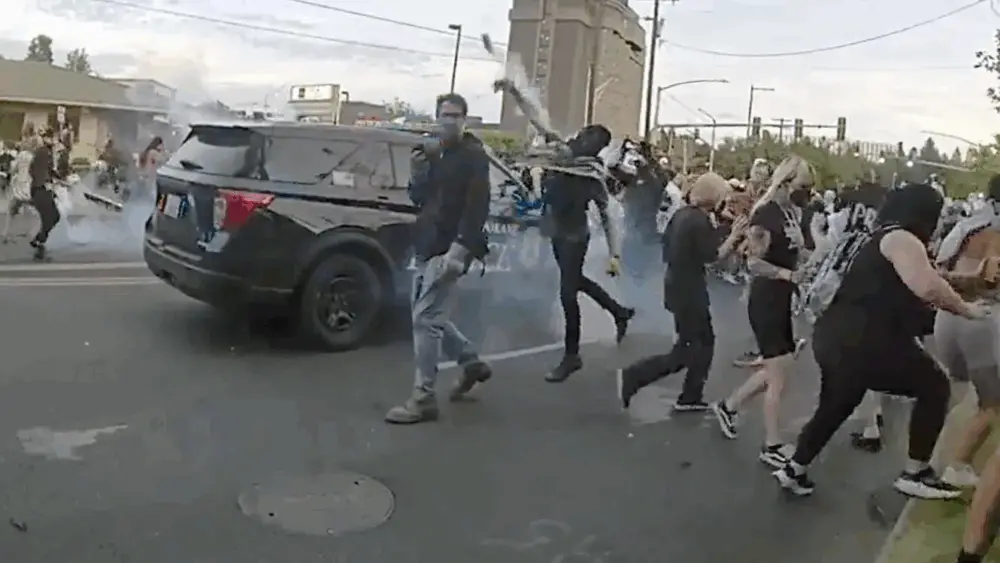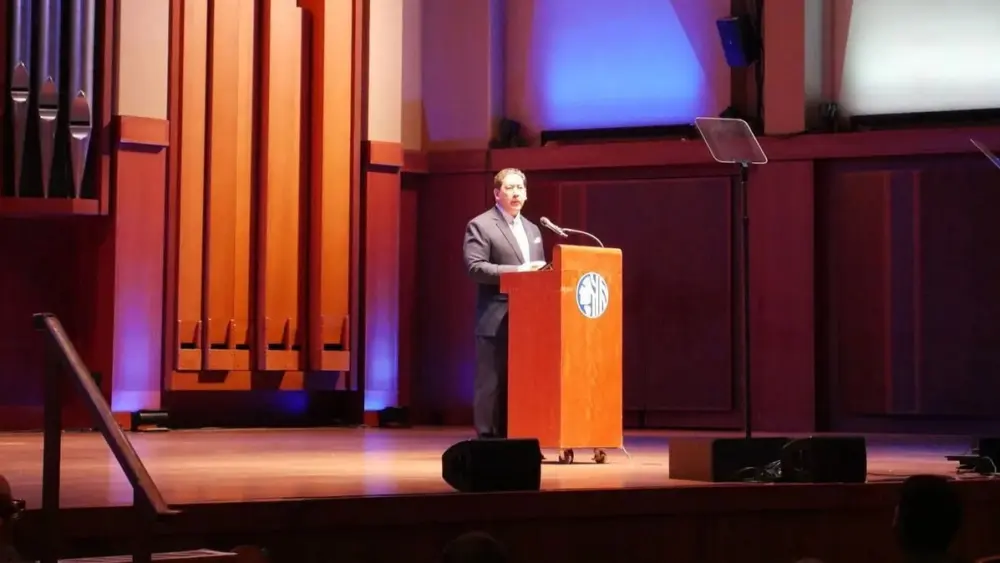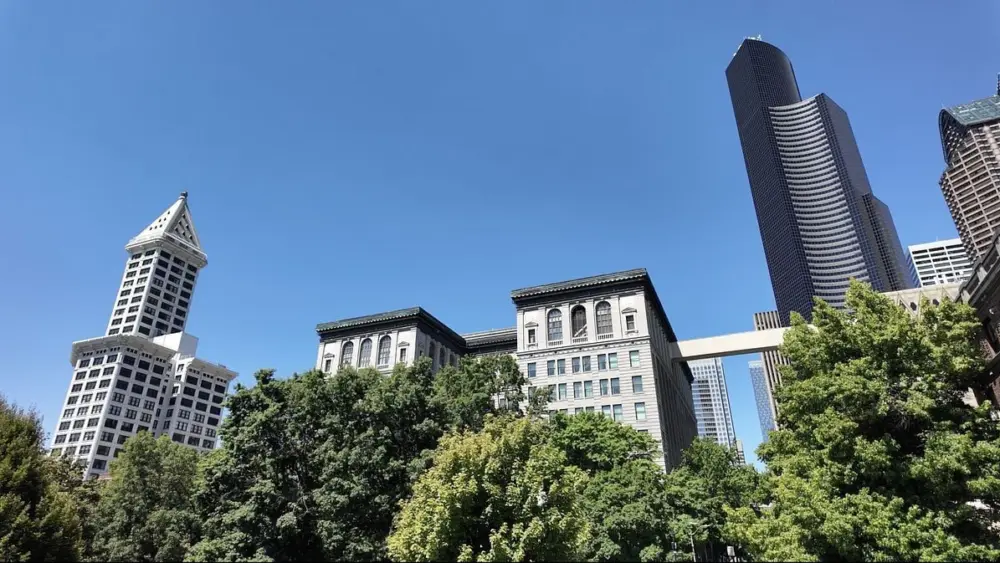(The Center Square) – The U.S. Environmental Protection Agency has announced a pair of grant awards totaling nearly $3 million to address health disparities in the Lower Yakima Valley.
Located in south-central Washington, the valley is one of state’s premier agricultural regions with over 350,000 acres of orchards, vineyards, melon fields, forage crops, and more. But state and federal officials say resulting groundwater and air quality issues pose increased risks of “poor health outcomes,” especially for low-income residents and “communities of color” – a reference to the region’s Latino and tribal populations.
In 2010, an EPA assessment of hundreds of homes and private wells showed nearly 20% exceeded federal standards for nitrate levels. Excess nitrates in humans can make it harder for red blood cells to carry oxygen. Nitrates are often associated with fertilizer use in agriculture, and samplings of crop fields, dairies, and sewage treatment facilities linked nitrate contamination to those sources, the agency said.
Pesticides and herbicides sprayed on fields and crops can also pose increased health risks, particularly in children. University of Washington researchers have been studying effects on growth, development, and learning and ways to protect children from pesticide exposure.
The valley, which includes the Yakama Nation’s 1-million-acre tribal reservation, is also susceptible to air stagnation. Recent studies have shown elevated rates of asthma in youth, according to information from the Washington Department of Health and the Yakima Health District.
To address such concerns, the EPA has awarded a $1 million grant to the state health agency, which will begin a three-year project in January that aims to connect “community members with essential resources, information, and tools to create safer and healthier living environments.”
Additionally, EPA has announced a $1.9 million grant to the University of Washington to create a research center aimed at identifying “communities that are disproportionately affected by environmental hazards.”
The measures were outlined by EPA Region 10 administrator Casey Sixkiller during a press conference Tuesday in Granger. A community open house was also held at the Yakima Valley Museum, attended by Washington Department of Ecology Acting Regional Director Tom Tebb and Lauren Jenks, the state Department of Health’s assistant secretary of environmental public health.
While DOH is responsible for monitoring large water systems, “private wells cannot be overlooked,” Jenks said, noting that clean water “is an essential necessity” but access to clean water “has not been uniform nor equitable” to everyone.
“This robust grant from the EPA will allow local, state, and federal agencies to work together to provide education and resources to improve water quality and air quality for the residents of the Yakima Valley,” said Jenks.
Other involved organizations in the outreach effort will include Heritage University, Central Washington University, Northwest Communities Education Center, and Yakima County Public Services.
In a pre-recorded video message, Gov. Jay Inslee said the project is expected to reach over 15,000 residents and high-risk households.
Inslee said the EPA’s $1 million grant to the state health department is funded through the federal Inflation Reduction Act and will provide “a much-needed boost to state efforts to improve water and air quality in the region.”
The Lower Yakima Valley project is one of 10 “environmental justice projects” receiving EPA-awarded grants this year that total $8.2 million.
“Expanding access to clean water and clean air is at the heart of our EPA environmental justice mission,” said Sixkiller.
Ecology Director Laura Watson said the funding is critical to the state’s work in central Washington and “great news for the people living in the Yakima Valley.”
EPA also hosted a grant-funding workshop for potential applicants in the region, providing information on grant and technical assistance available through the Bipartisan Infrastructure Law and Inflation Reduction Act. During the open house, EPA’s mobile air quality laboratory was available for touring. The unit will be deployed later this winter to evaluate local air quality in the Yakima Valley.






